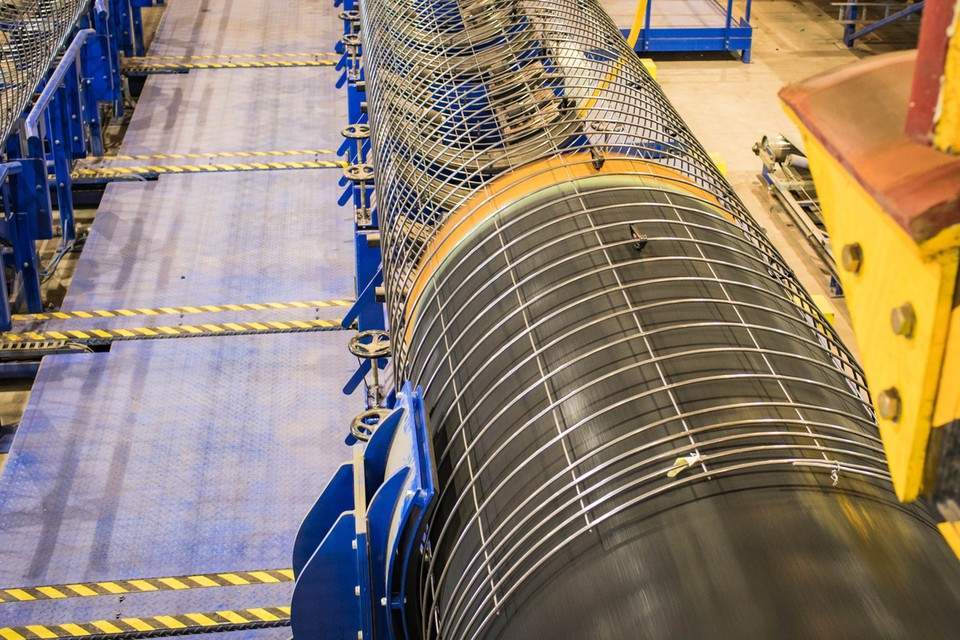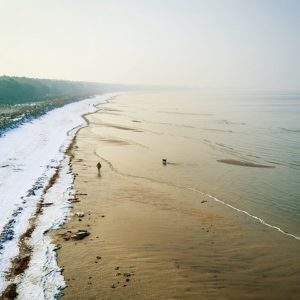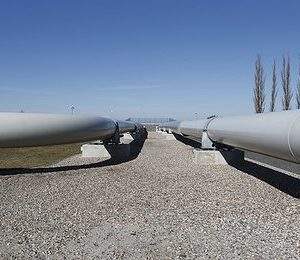
Here are the key facts about the Nord Stream 2 project:
Nord Stream 2 is an expansion of the existing Nord Stream offshore natural gas pipeline which was laid between Russia and Germany in the Baltic Sea. Travelling through the Baltic Sea, the offshore gas pipeline will begin from the coast of Russia and reach landfall near Greifswald in Germany. The pipeline will run parallel to the existing Nord Stream pipeline.
Construction of the Nord Stream 2 natural gas pipeline is estimated to cost €8bn ($9.1bn). While Gazprom holds 50% stake in the pipeline project, BASF/Wintershall , Engie , E.ON , OMV and Shell own 10% each. Nord Stream 2 AG is responsible for the planning, construction and operations of the Nord Stream 2 pipeline.
The pipeline is expected to supply gas to Europe for a period of at least 50 years, improving the energy security in the region. The pipeline is anticipated to deliver energy to nearly 26m households in the region annually. The amount of gas delivered by the gas pipeline is estimated to be equivalent to that transported by nearly 600 to 700 liquefied natural gas (LNG) tankers.

The pipeline will run through the Baltic Sea from the St Petersburg region in Russia to Baltic Coast in north-east Germany. It will traverse the territorial waters of five countries that include Russia, Finland, Sweden, Denmark and Germany.
The 1,200km pipeline project will include twin-parallel lines running offshore on the bed of the Baltic Sea. The two pipelines will have a capacity of 27.5bcm annually and will consist of 12m-long individual pipe joints. The pipeline will have an internal diameter of 48in, with a thickness of 41mm. The twin lines are expected to commence operations by end of 2019.
The Nord Stream 2 pipeline will transport Russian natural gas to the rest of the European market through the Baltic Sea. It will have a total capacity of transporting 55 billion cubic meters of gas per year. Through existing hubs, one-third of the gas reaching Germany will be supplied to North-Western Europe. The pipeline will deliver the remaining gas to central, eastern and southern Europe. In May 2018, Nord Stream 2 started the offshore preparatory works for pipelaying in the Bay of Greifswald, Germany,

As of 12 June 2018, Nord Stream 2 secured the permit to build and operate the Swedish portion of its planned $9bn natural gas pipeline system in the Swedish Exclusive Economic Zone (EEZ). Nord Stream 2 AG had already obtained the permits required for the construction and operation of the pipeline system in Germany and Finland.
In April 2017, Russia’s Gazprom signed agreements with five European energy companies to secure long-term financing for the Nord Stream 2 project. Engie, OMV, Shell, Uniper and Wintershall have committed to offer long-term financing for 50% of the total cost of the project. The European companies agreed to provide up to €950m each for the project.
In February 2017, Switzerland’s Allseas had secured offshore pipelay contract from Nord Stream 2 joint venture partners to lay the natural gas pipeline through the Baltic Sea. In March 2016, Europipe, United Metallurgical Company, and Chelyabinsk Pipe-Rolling Plant were selected for the supply 2,500km of steel pipeline for the project.
Since its inception, the project faced controversies, with Ukraine filing a lawsuit with the Energy Community Secretariat for an action against the construction of the pipeline. The country had also appealed to the European Commission for the cancellation of the project, citing that the project is against its interest.






